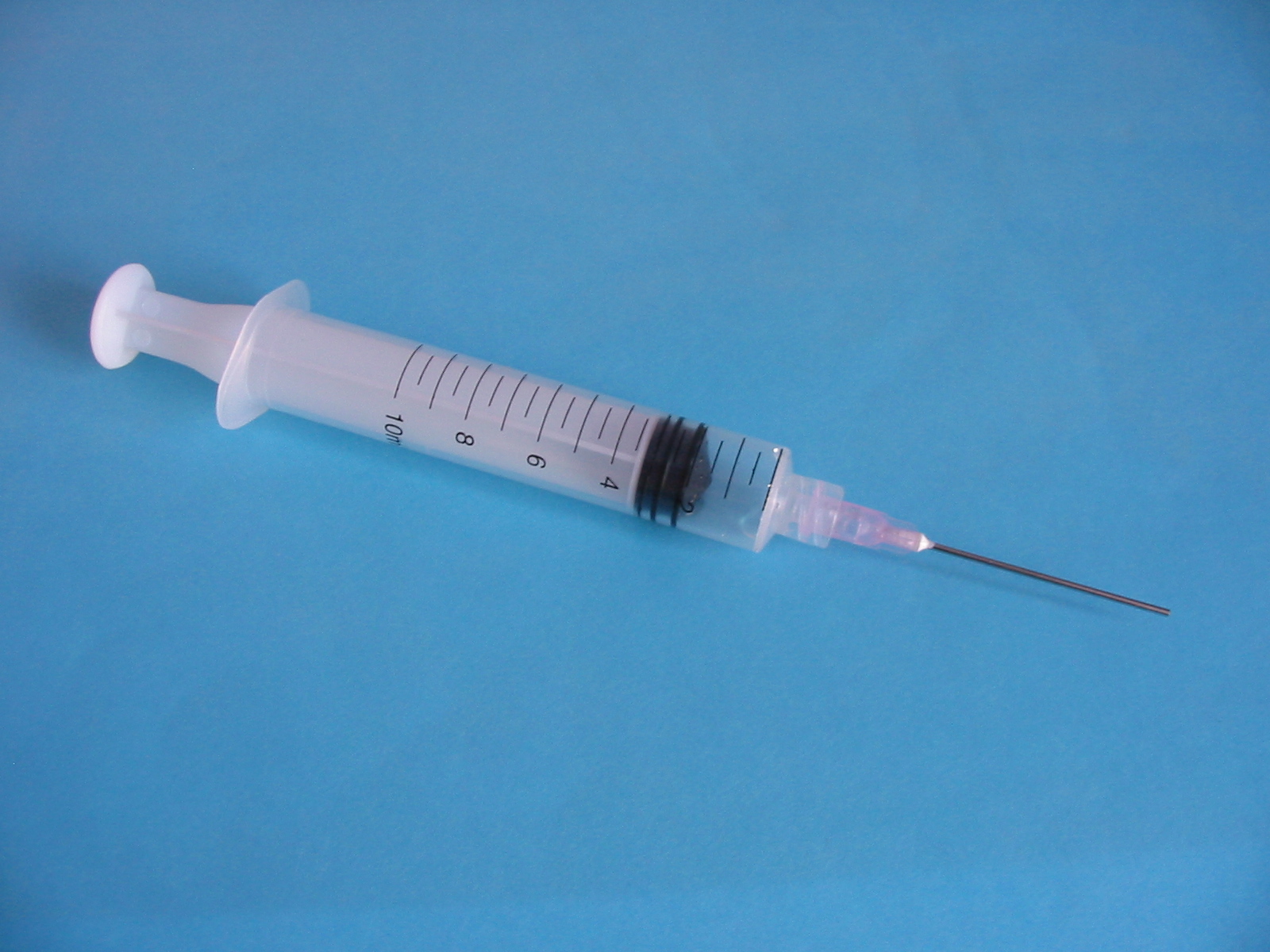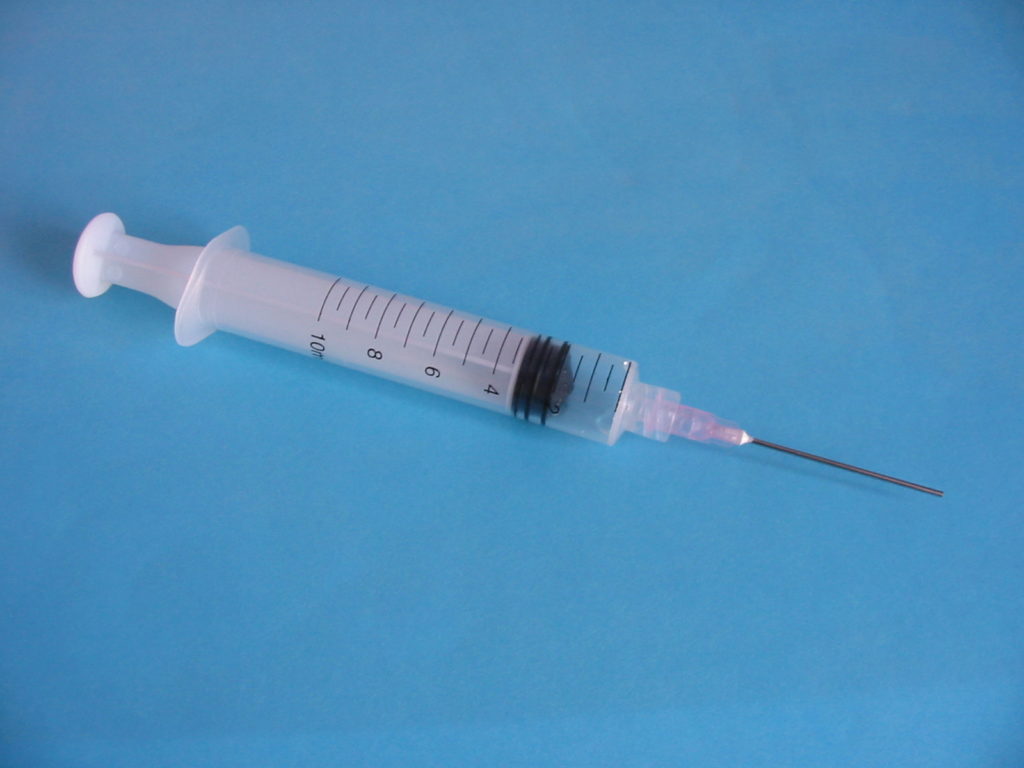
By Glenn Ellis

“A junkie walking through the twilight, I’m on my way home.
I left three days ago, but no one seems to know I’m gone.
Home is where the hatred is, Home is filled with pain and it,
might not be such a bad idea if I never, never went home again”
-Gil Scott Heron-
Most of the media attention in the current nationwide heroin epidemic has focused on the uptick in overdose deaths among suburban, white, middle-class users — many of whom turned to the drug after experimenting with prescription painkillers. It’s no secret that heroin abuse is tightly tied to prescription drug abuse. Almost half of people addicted to heroin are also addicted to painkillers. People are 40 times more likely to be addicted to heroin if they are addicted to prescription painkillers.
Heroin addiction is no joke. The majority of Americans feel that people who are addicted to heroin are “junkies”, and need to be avoided at all cost. Few really understand heroin, its’ use, and what it does to the body and mind.
When it enters the brain, heroin is converted back into morphine, which binds to molecules on cells known as opioid receptors. Heroin can be injected, inhaled by snorting or sniffing, or smoked. All three routes of administration deliver the drug to the brain very rapidly, which contributes to its health risks and to its high risk for addiction. Addiction to heroin is a chronic relapsing disease caused by changes in the brain and characterized by uncontrollable drug-seeking behavior; no matter the consequences.
The past Obama administration announced $53 million in grants to help states fight the opioid epidemic that began with misuse of OxyContin in the late 1990s in Maine and Appalachia.
While heroin use has climbed among all demographic groups, it has skyrocketed among whites; nearly 90 percent of those who tried heroin for the first time in the last decade were white. But the epidemic has also been seeping into communities of color, where heroin overdose death rates have more than doubled among African Americans, but gone largely overlooked by the media.
The heroin epidemic in the African-American community is distinct for another reason, in that they’re less likely to come to the drug through opioids. Many studies have shown that doctors are less likely to prescribe opioid painkillers to blacks than whites, even young children, for the same ailments.
In the past, when users of the drug were disproportionately black, they faced severe punishments. A surge in heroin use among blacks in the 1960s was blamed for a rise in violent crime, and provoked a harsh response. The civil rights movement brought about many changes for African Americans, and the 1960s marked the beginning of the modern age of addiction treatment for African Americans. This came in the form of Methadone clinics springing up in many black communities, with the aim of helping heroin addicts and reducing crime. We now know that Methadone is more addictive than heroin and is much more difficult to withdraw from.
What accounts for the differences? Clearly policymakers know more today than they did then about the societal costs of waging a war on drugs, and dispatching low-level, nonviolent drug offenders to prison for decades. The contemporary criminal-justice system places more emphasis on treatment and reform than it did, say, during the Reagan years or when New York’s draconian “Rockefeller laws” were passed in the 1970s. But there may be another explanation for the less hysterical reaction, one that few policymakers have been willing to acknowledge: Race. Some experts and researchers see, in the different responses to these drug epidemics, further proof of America’s racial divide. Even today, according to federal crime statistics, African Americans comprise 14 percent of regular drug users, but are 37 percent of those arrested for drug offenses.
One of the most disturbing elements of our country’s history is that of racial segregation and discrimination. While the outward expression of prejudice has decreased, there are still disproportionate levels of arrests, convictions and incarcerations for black Americans when it comes to drug laws. All in all, the history paints a picture of disparity between how drug abusers of different races have been treated, and although blatant discrimination is a thing of the past, we still need a greater understanding of how to help non-white Americans kick their drug addictions.
Former Attorney General Eric Holder, the first African-American attorney general, shares the view that heroin is a problem now because white people are doing it. In his best attempt to be diplomatic, Holder humbly stated, “There’s an element of truth to that.”
When the nation’s long-running war against drugs was defined by the crack epidemic and based in poor, predominantly black urban areas, the public response was defined by zero tolerance and stiff prison sentences. But today’s heroin crisis is different.
A respected scholar on law and race, Professor Kimberlé Williams Crenshaw, who specializes in racial issues sums it up best: “one cannot help notice that had this compassion existed for African-Americans caught up in addiction and the behaviors it produces, the devastating impact of mass incarceration upon entire communities would never have happened.”
Former president Barack Obama admitted that $53 million was a dismal start, and fell “far short”, but conceded that “some action is better than none”. To address the heroin epidemic that impacts African American communities, only the remaining additional $900 million, originally requested by the former president from Congress, to help expand treatment capacity nationally will make a difference.
Remember, I’m not a doctor. I just sound like one.
Take good care of yourself and live the best life possible!
The information included in this column is for educational purposes only. It is not intended nor implied to be a substitute for professional medical advice. The reader should always consult his or her healthcare provider to determine the appropriateness of the information for their own situation or if they have any questions regarding a medical condition or treatment plan.
Glenn Ellis, is a Health Advocacy Communications Specialist. He is the author of Which Doctor?, and Information is the Best Medicine. For more good health information, visit: www.glennellis.com.



